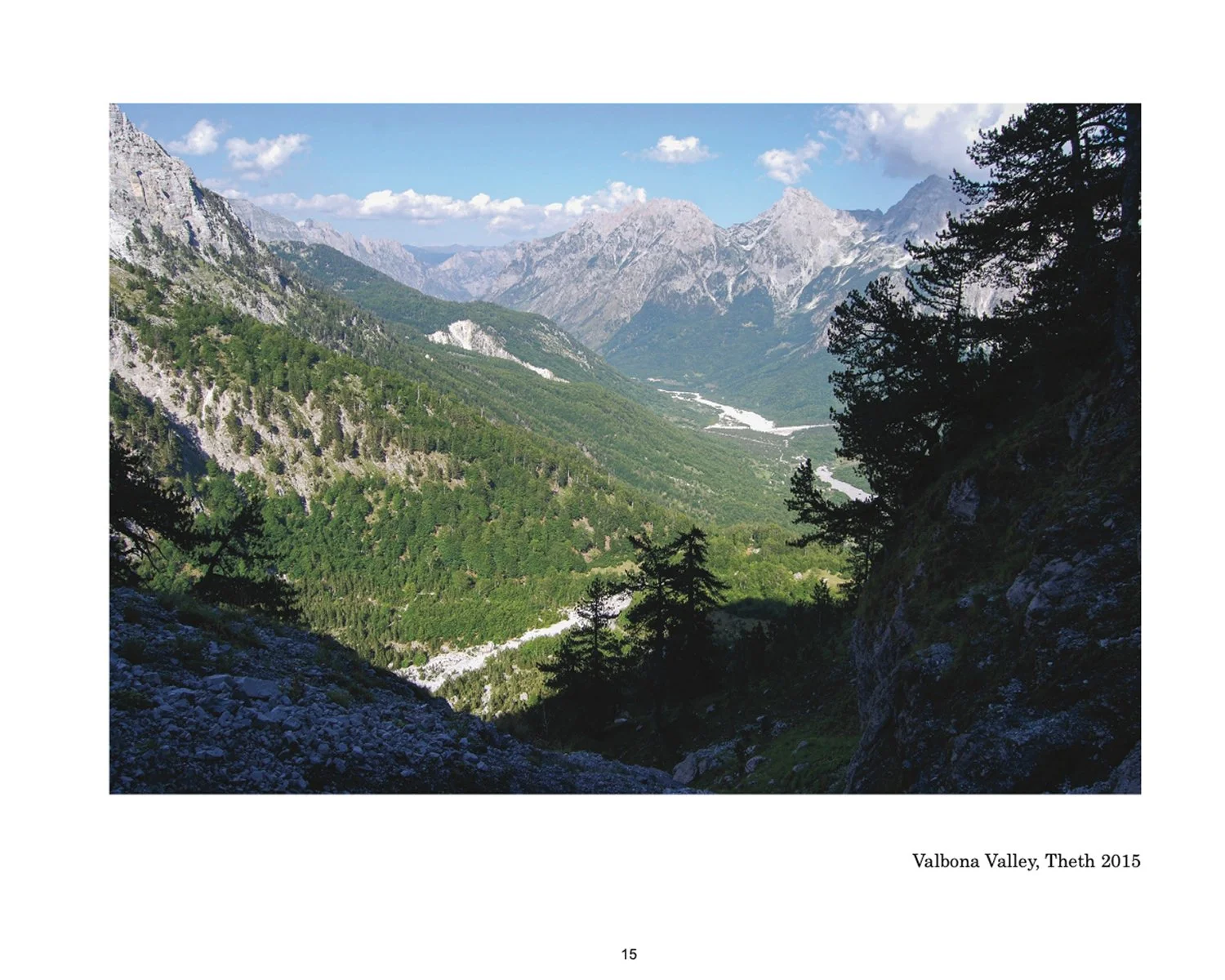PhotoBook "ALBANIAN SCAPES" is Out Now on Amazon
“A photographic journey into Albanian Landscape as seen from an architect and urban planner. A Landscape in a constant transformation under the pressure of human activities and rapid urbanization. A fragile landscape that will not be the same. The photos in this book cover a period of time from 2008 to 2022.”
The PhotoBook “ALBANIAN SCAPES” is published now and is available on Amazon and Blurb Bookstore.
Amazon Store: ISBN Hardcover, ImageWrap: 9798881301958
Blurb Bookstore: ISBN Hardcover, ImageWrap: 9798881287856
Blurb Bookstore: ISBN Hardcover, Dust Jacket: 9798210988904
Standard Landscape, 10x8 inch, 25x20cm
100 pages, Premium Lustre Paper,
With the Foreword by Arch. Andi Papastefani and Dr. Falma Fshazi
A publication of Tatì Space Photo Books
Albanian Scapes is a photographic series about the Albanian landscape, as the title suggests (Albanian + Landscapes). Most of the photographs were taken during weekend or summer vacation trips to various locations throughout Albania. Thus, alternately, Albanian Scapes may be interpreted as Albanian Escapes, a desire shared by my fellow travelers and me to escape the noisy and concrete-infested city in search of pure, idyllic nature. During these last 25 years, we have witnessed the changes that the Albanian landscape has undergone from rapid urbanization, the territory’s use for commercial purposes, and the exploitation of natural resources with no protection criteria. Photography has helped me document this transformation. For this reason, the photos serve as a moment frozen in time of a landscape that will never be the same.
Albanian Scapes can be viewed as a meditation on the current state of the Albanian landscape, constantly shifting, much like the interests of the society of which nature is a part. The album is organized like a photographic journey from north to south, traversing the natural riches of Albania and its contrasts. On one end, we see the nature of Theth and Orosh, which remains untouched by mass tourism, and on the opposite one, the artificial landscape of Tirana, which is being transformed by mass urbanization daily.
In his preface In Albania- Between Natural and Human Landscape, Andi Papastefani writes- “In this invaluable publication, Alketa Misja offers a depiction of this ongoing aesthetic, cultural, and ethical contrast. She portrays all of these juxtapositions in her photographic narrative about Albania as an architect and photographer, using iconic images that urge people to think and consider the true value of the landscape, culture, and history, as well as what we have lost.
The pleasing sights in this aesthetic edition captivate both the eye and mind. Unlike other publications on Albania that only highlight the natural beauty or, in other cases, merely the urban anarchy, Alketa has been able to draw attention to the complexity, contrast, and problems of this country with which nature has been so generous. This publication emphasizes the responsibility of society and residents to carry out daily activities with as little negative impact on nature as possible.”
In her preface Landscape as Heritage, Falma Fshazi writes: “In the Albania of Albanian Scapes, we recall the cities that are permanently changing and increasingly occupied with tall buildings, bringing with it as many stories yet to be told. Many overlapping stories, managing to retain their individuality, much like the Albanian urban landscape whose transformation has continued with intensity toward the hills, plains and river banks, often entering where it does not belong, but unable to fundamentally alter the Mediterranean nature, the hospitable nature of the locals, or erase the traces of time.
In Alketa's photography, the natural landscape of Albania, from Theth to Lukovë, is a watery world, one made up of fresh, salty, ice-cold, or healing and warm waters that, when not adorning the rocky peaks, twist and turn through the plains protected by vertical mountains. Blue waters and white waters, shallow waters and deep waters, an ecological heritage, as much as the living memory of things, species and people who come to us through photographs, in a search for meaning for Albanians, Europeans and the worlds of tomorrow.”















